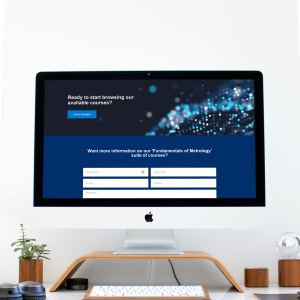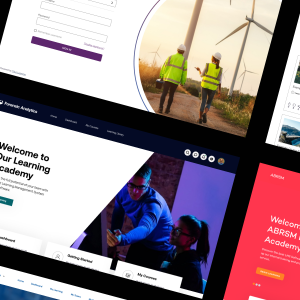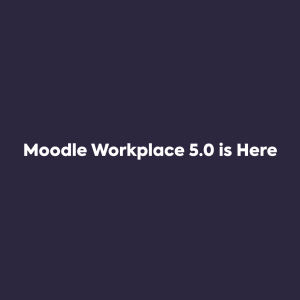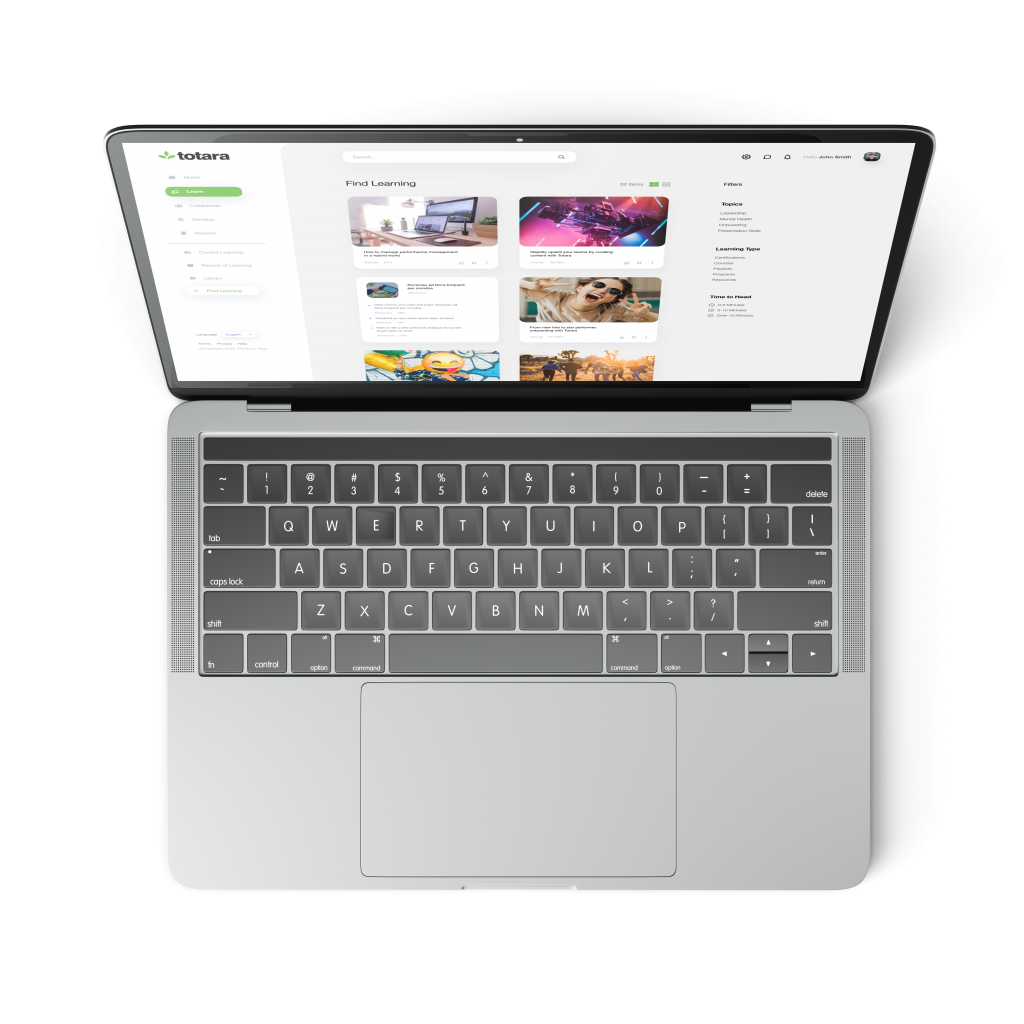A common question people ask us is—what exactly is a Learning Experience Platform? It’s a fair question, LXPs are a relatively new category of learning platform compared to more familiar terms such as LMS or VLE, and they’re nowhere near as widely adopted (yet!)
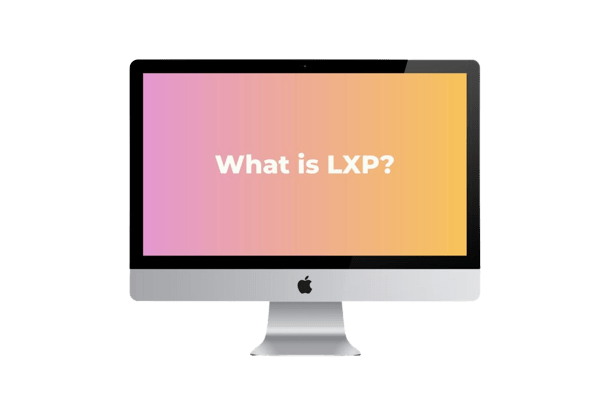
If you’re new to the concept, the best way we can explain an LXP is by giving examples of how it’s actually used, rather than regurgitating vague dictionary definitions or lists of features.
Let’s start by saying that, fundamentally, an LXP is learner-focused, rather than trainer-focused. It’s designed to facilitate a bottom-up, rather than top-down approach to learning and development, with a focus on independent, self-directed and collaborative activities as opposed to the more formal course, resource and assessment structure you would associate with an LMS.
Open versus closed learning platforms
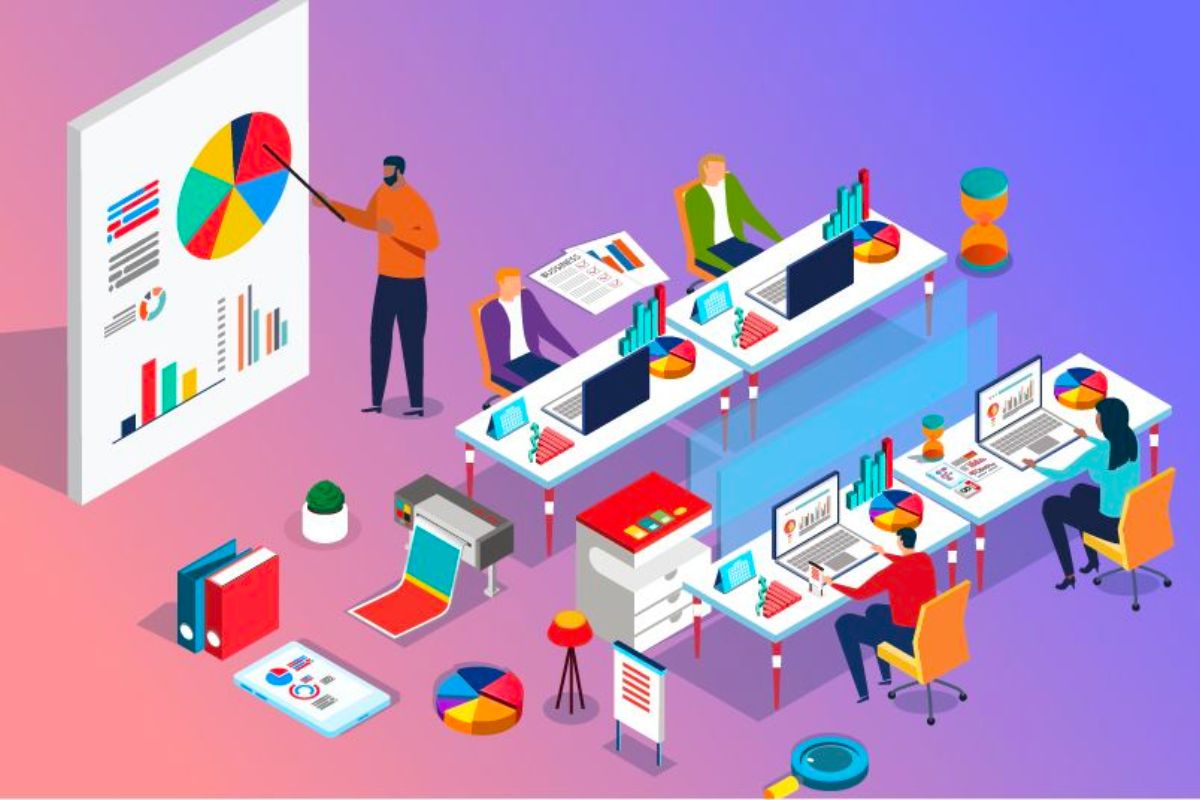
Another way to compare the two types of learning platforms is as open versus closed systems. An LMS is closed, in that its learning content is structured and arranged in courses designed by the L&D team or other managers. Where third-party or external resources are used, these are selected or curated by the course creators.
By contrast, an LXP is an open system. The structure of the learning experience is more flexible and is defined and influenced by the learner. This means that within a group of employees using an LXP, each individual may have a qualitatively different experience. External content can be readily incorporated into the platform, curated, rated and recommended to other users, all driven by the learner.
The power of social learning – how an LXP helps achieve it
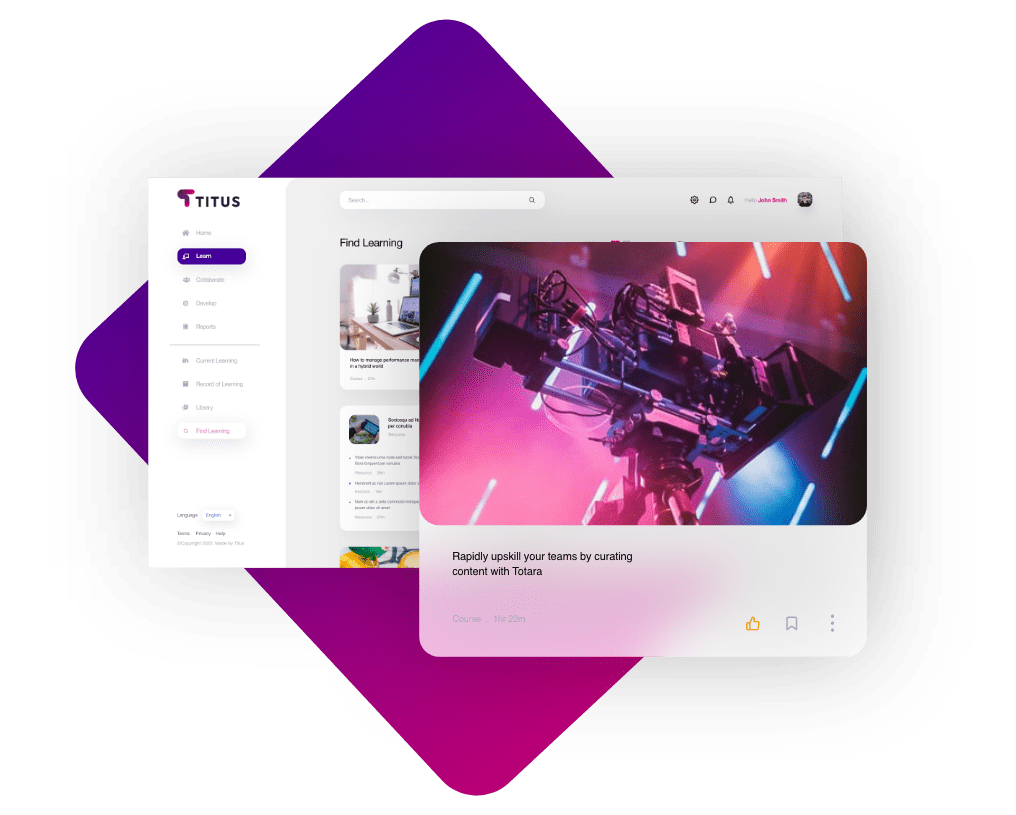
The design and user experience is another key differentiator between an LXP and an LMS. Most popular learning management systems, for example, Moodle, Totara Learn, and Blackboard, were first released long before the explosion in social media and user-generated content that we saw with the rise of sites like Facebook, TikTok, and Instagram.
While LMS providers have made major strides in updating their interfaces over the years, their fundamental structure remains the same, ideal for course-based learning, but less flexible when it comes to a learner-centric approach.
LXPs, however, are heavily influenced by these current-gen platforms, not only in an aesthetic sense but in terms of the underlying structure of the platform and the functionality available to users. Put simply, while some LMSs boast social tools or add-ons, today’s LXPs have social interaction, collaboration and communication built into their DNA.
Navigating the platform, browsing for content, commenting, recommending or rating resources and uploading original content all work in an intuitive way, similar to popular social media and content sharing apps and familiar to the current generation of workplace learners. The barrier to entry is therefore far lower, which means less time needed for onboarding. Instead, learners can hit the ground running, building engagement and enthusiasm from their first use of the LXP.
From an organisational perspective, embedding social learning via an LXP creates new opportunities in knowledge capture and sharing, collaboration and team building, as well as reducing capital expenditure on fixed-price resources such as content packages or pre-designed courses
Improving learner engagement through an LXP
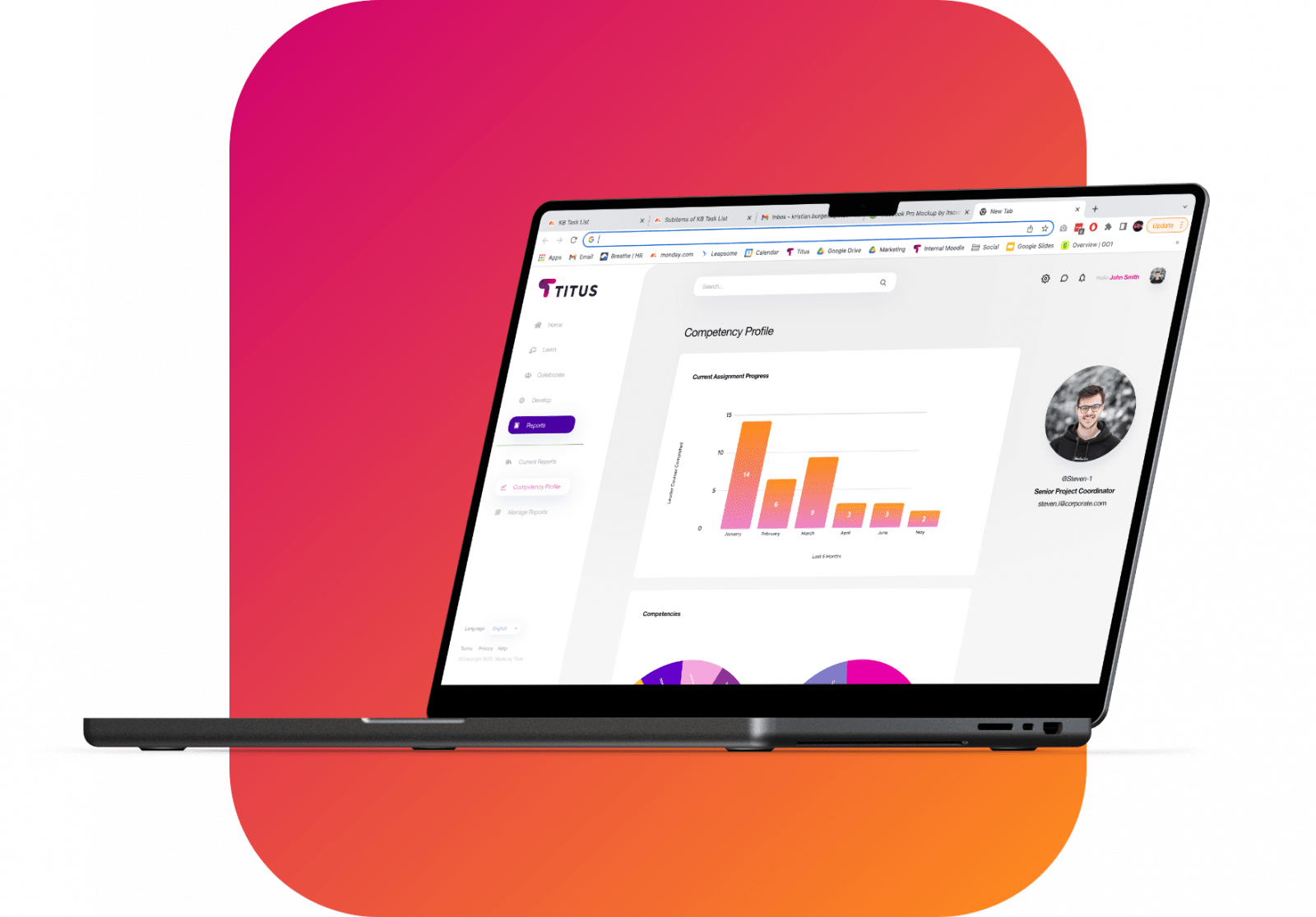
The social aspect of LXPs is a key feature in building and maintaining employee engagement. Having a clear view of how their peers are using the platform, with regular updates, suggestions and recommendations helps to motivate learners to press ahead with their own development, and contribute to the group themselves.
But beyond peer-to-peer communication, modern LXPs make use of the latest technology to create far more tailored learning experiences than are possible with a traditional LMS. Machine learning and artificial intelligence allow LXPs to automate the curation and recommendation process, suggesting content or activities to learners based on their individual interests, preferences and progress.
Over time, the LXP builds up a more accurate picture of an individual’s learning style, and the result is a highly personalised learner experience which engages the employee by anticipating and meeting their L&D needs. This can be complemented by course leaders or managers manually tweaking the AI to direct the content suggested to the learner at a high level, if necessary.
The other main factor in driving employee engagement is the informal nature of the platform and the learning that takes place within it. Unlike a traditional online course, which may require learners to allot significant blocks of time in order to complete activities or assessments, with an LXP learners have access to bitesize microlearning content. This enables them to dip in and out of the platform whenever convenient, solving problems or updating their knowledge in real-time, and learning in a more agile way.
Collating free resources – the cost-effective way to fill your LXP
With an LMS there’s usually a significant administration overhead involved in populating the platform with the content and resources needed, assigning them to the correct courses, and reviewing and updating for relevance periodically. In some cases, this can mean weeks or even months of manual work, even for a moderately sized organisation. There’s also a substantial cost associated with buying pre-made content packages or paying for bespoke content authoring services to develop your own.
LXPs remove this headache by allowing you to quickly collate and link free resources already available on the web. In fact, much of the work can be done either by the users themselves or by inbuilt AI which can locate and list relevant content based on the topics users are studying. Let’s have a look at the main ways to populate your LXP with relevant content, without hours of admin work.
User-generated content – use cases
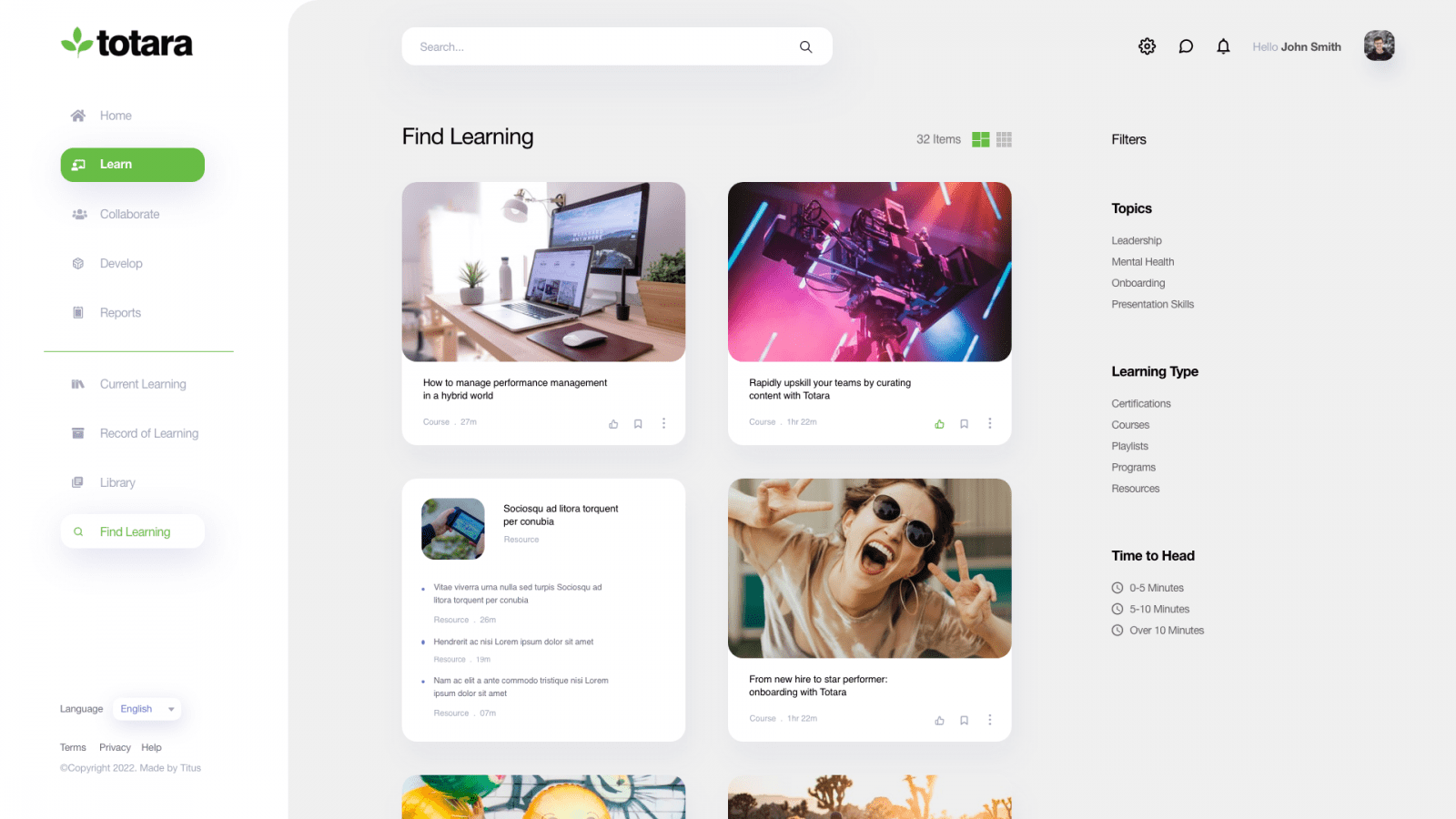
LXPs offer an unprecedented opportunity for users to generate, curate and discuss their own content, either from scratch or by adapting the work of others in new ways. The main use cases include:
Creating original content.
LXPs make it easy for learners to generate and share their own self-authored content and make it available to peers. From an organisational point of view, this both removes the need to spend heavily on populating and updating content packages (as in an LMS) and also builds and retains a valuable knowledge store which can be retained to assist new intakes of employees.
Adapting/building on existing content.
Another avenue open to users wishing to generate content is to build on resources that already exist. Examples of this include commenting and annotating shared documents, reviewing or responding to video content with reaction videos or commentary, or “remixing” multimedia content into new formats such as turning a whitepaper into an animated video.
Commenting/discussing.
There is also significant value in the meta-content generated by learners as they interact with the LXP. Question and answer sessions, discussions and debates can all happen in the comment sections of resources, and provide additional context to subsequent visitors. Even simple feedback tools such as star ratings or reaction emoji can help other learners navigate, prioritise and differentiate the content available to them.
Behavioural/usage based.
As we touched on above, one of the most powerful features of an LXP is the inclusion of AI-generated content recommendations, which operate in a similar way to the algorithms that websites like Netflix or Amazon use to recommend products or content based on past user behaviour and profile data. So even as users browse and consume content, they are actively curating, recommending or rating it both for their future use and for other users of the LXP.
So are LXPs going to replace LMSs?
Not at the moment. The two types of platforms serve two different use cases, and it’s an important distinction. As we’ve seen above, learning experience platforms excel at facilitating employee-led learning, whether that’s on an independent or collaborative basis.
But there are many workplace scenarios which require a more structured, top-down approach to learning. Obvious examples include studying towards formal qualifications, ensuring regulatory or legal compliance, or completing work-related training such as health and safety or food handling courses.
Ideally, organisations who want to maximise the effectiveness of their workplace learning provision should adopt a two-pronged approach, using an LMS and LXP in tandem to provide both structured and more informal learning opportunities. A good example of this working in practice is the Totara Talent Experience Platform, which combines an LMS (Totara Learn) and an LXP (Totara Engage) along with a project management platform (Totara Perform).
To find out more about the Totara Talent Experience Platform, speak to one of our expert advisors. As a certified Totara partner, we’re well placed to advise you on how the platform can support your L&D goals and raise the standard of workplace learning



